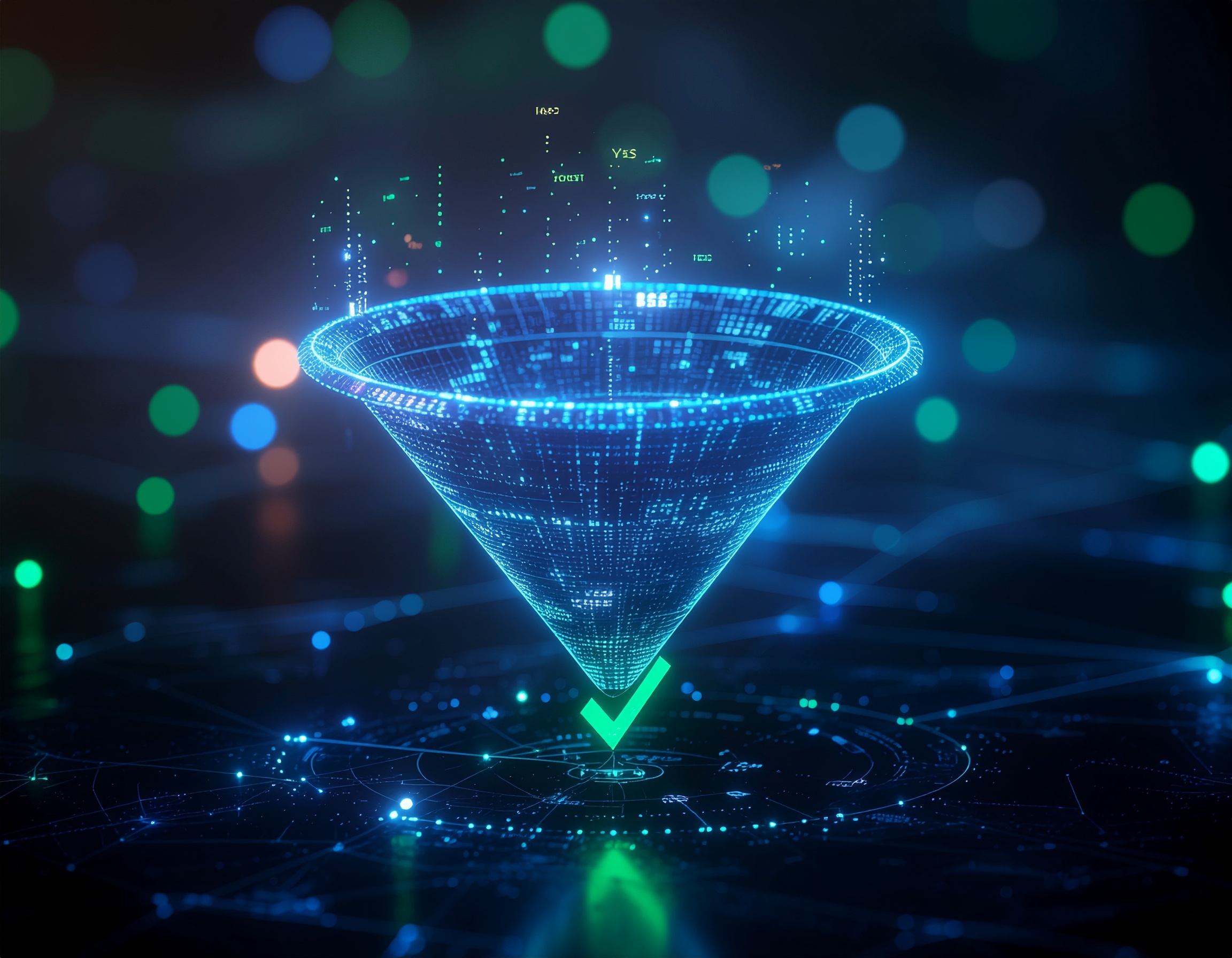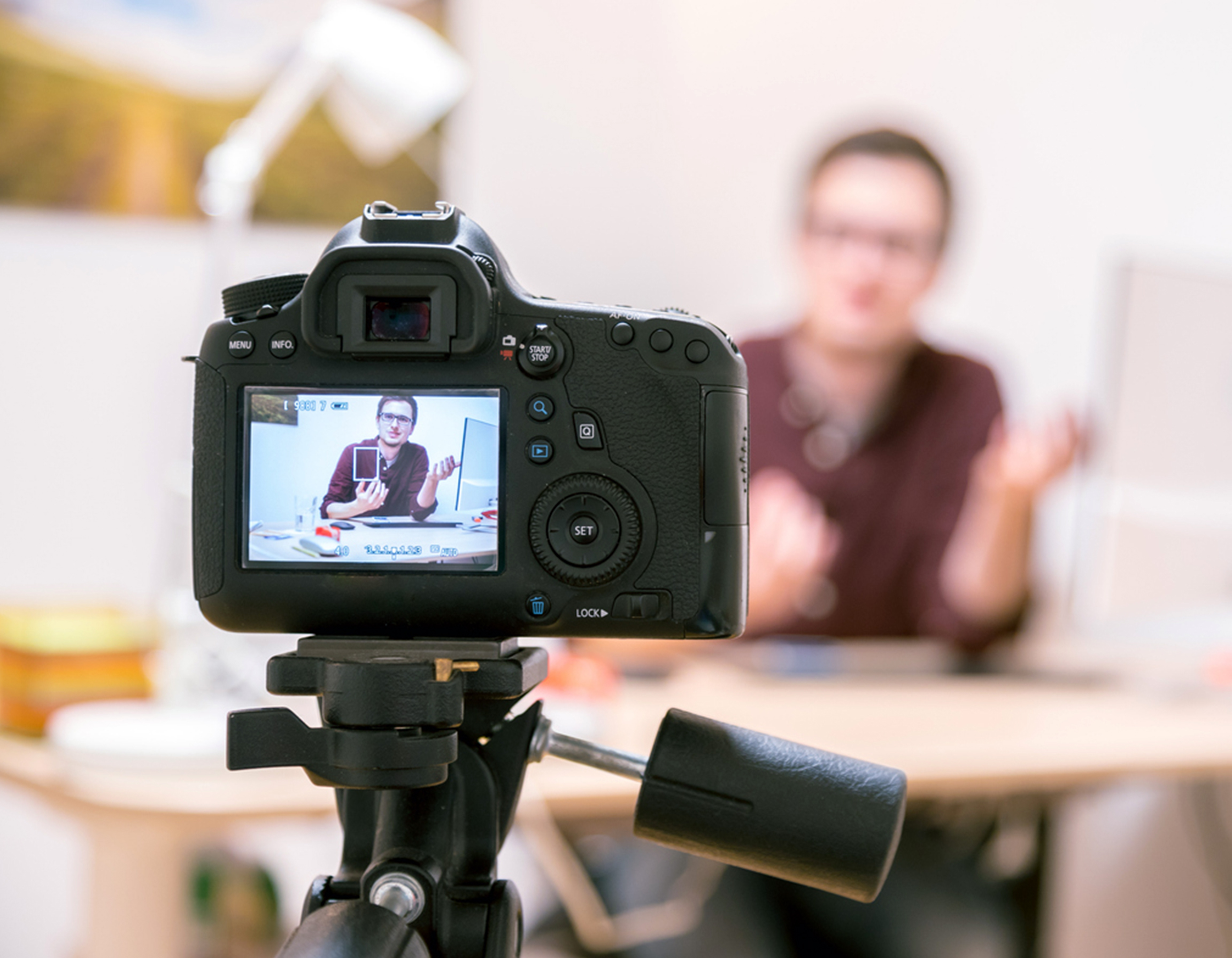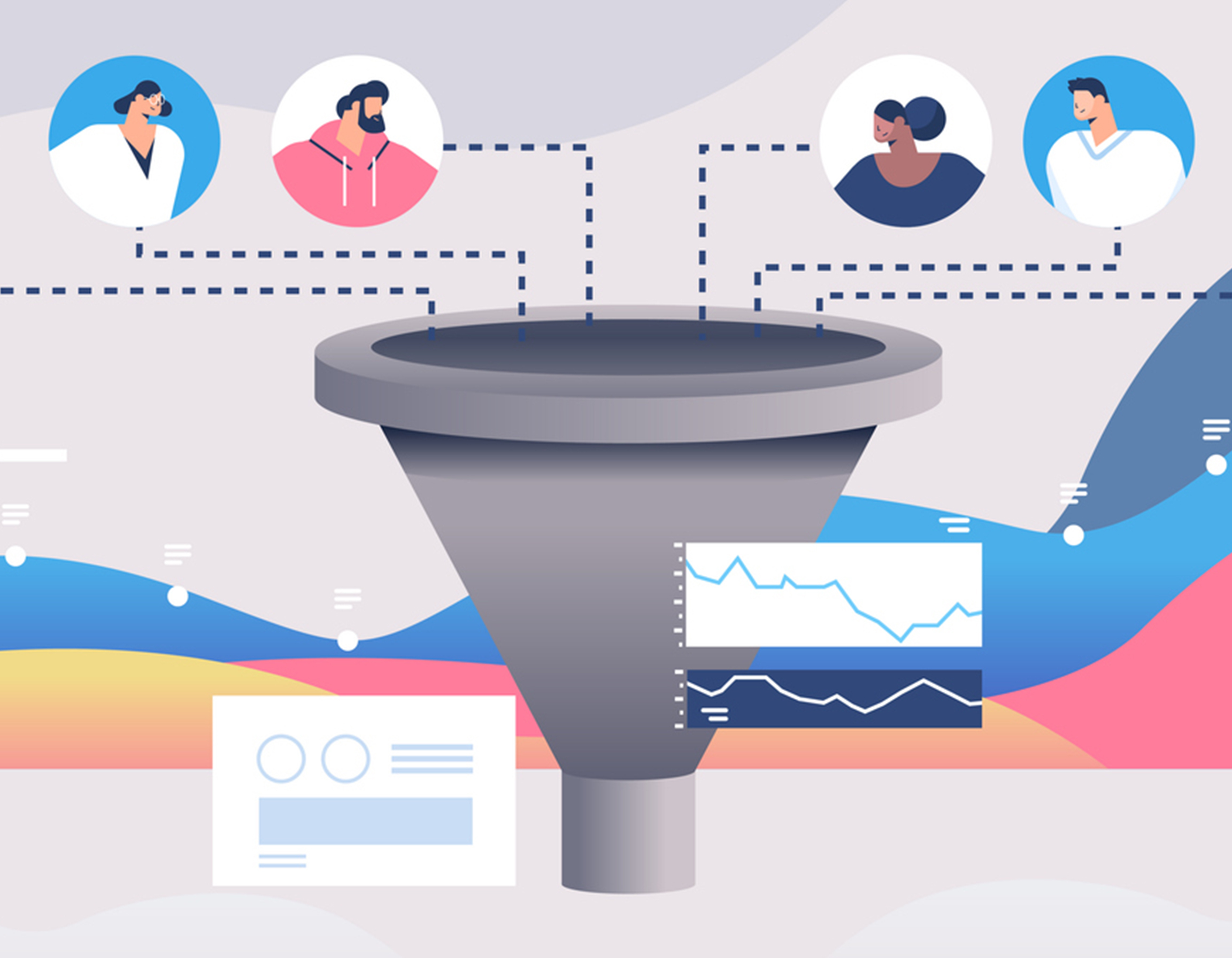Building Relationships That Last
Founded in the 1980s by marketing visionary Jim Cecil, the concept of nurture marketing is more than a strategy—it’s a mindset. It’s about building lasting customer relationships, not just chasing the next sale. It’s also in our name!
What Is Nurture Marketing?
Nurture marketing is the art of building trust over time. It focuses on consistent, personalized engagement that keeps your brand top of mind until a prospect is ready to buy.
Why It Works
Relationships Over Transactions – Customers buy from brands they trust.
Timely & Relevant Engagement – You stay in front of prospects with the right message at the right time.
Multi-Touch Approach – No single email or ad closes a deal—consistent, valuable interactions do.
Marketing + Sales Alignment – Supports the entire buyer journey, from awareness to decision.
The Core Principles of Nurture Marketing
1. Make It Personal
Every interaction should feel relevant and valuable to your audience. One-size-fits-all marketing doesn’t work. Tailored messaging does.
✔ Example: Instead of sending generic marketing emails, personalize them based on a prospect’s industry, previous interactions, or pain points. For instance, a cybersecurity company could send targeted content about ransomware threats to financial industry prospects. They could then invite those prospects to a webinar on a similar topic.
2. Build Trust Over Time
Nurture relationships by offering helpful insights, solving problems, and staying engaged—even when prospects are not ready to buy.
✔ Example: A technology reseller can share case studies, industry insights, or thought leadership content over several months, reinforcing expertise before having a conversation and finally pitching a solution.
3. Be Consistent, Not Pushy
The key to effective nurturing is staying present without overwhelming your audience. The right cadence matters.
✔ Example: Instead of drowning prospects in weekly sales emails, create a nurture sequence that spreads touchpoints out over 90 days. Start with an educational blog post, followed by a webinar invite, and later a free assessment offer.
4. Use Good Contact Data to Stay Relevant
A clean, enriched database ensures that you’re targeting the right people with the right message at the right time.
✔ Example: Clean and segment your database so that your outreach is highly targeted. If a company showed interest in cloud security 6 months ago, re-engage them with an updated white paper or success story relevant to that topic and see if they open, click, and/or download.
5. Align Sales and Marketing
Nurture marketing bridges the gap between marketing efforts and sales conversations, making it easier for teams to convert leads into customers.
✔ Example: Marketing generates leads, but sales teams need to know when and how to follow up. Set up an automated alert system that notifies sales reps when a lead engages with key content, like attending a webinar or downloading an eBook.
6. Automate Without Losing the Human Touch
Technology helps scale your outreach, but personalization and human connection should never be lost.
✔ Example: Use marketing automation for efficiency, but always leave room for personal outreach. After a prospect downloads a report, follow up with a personalized email from a sales rep instead of just another automated message from a general email address. If the prospect responds, have a conversation first before asking for anything other than a chat.
7. Deliver Value at Every Step
Each touchpoint should give the prospect something useful—insights, tools, or solutions that reinforce your expertise.
✔ Example: Every interaction should leave the prospect feeling like they are better off. Instead of just sending promotional emails, provide useful tools like an ROI calculator, a step-by-step guide, or an exclusive invite to an expert panel discussion.
Why It Matters Today
In today’s digital world, where buyers are inundated with content, nurture marketing stands out by creating meaningful, sustained engagement. It’s not just about marketing—it’s about building relationships that lead to long-term success. Want to put nurture marketing into action? Let’s talk.











